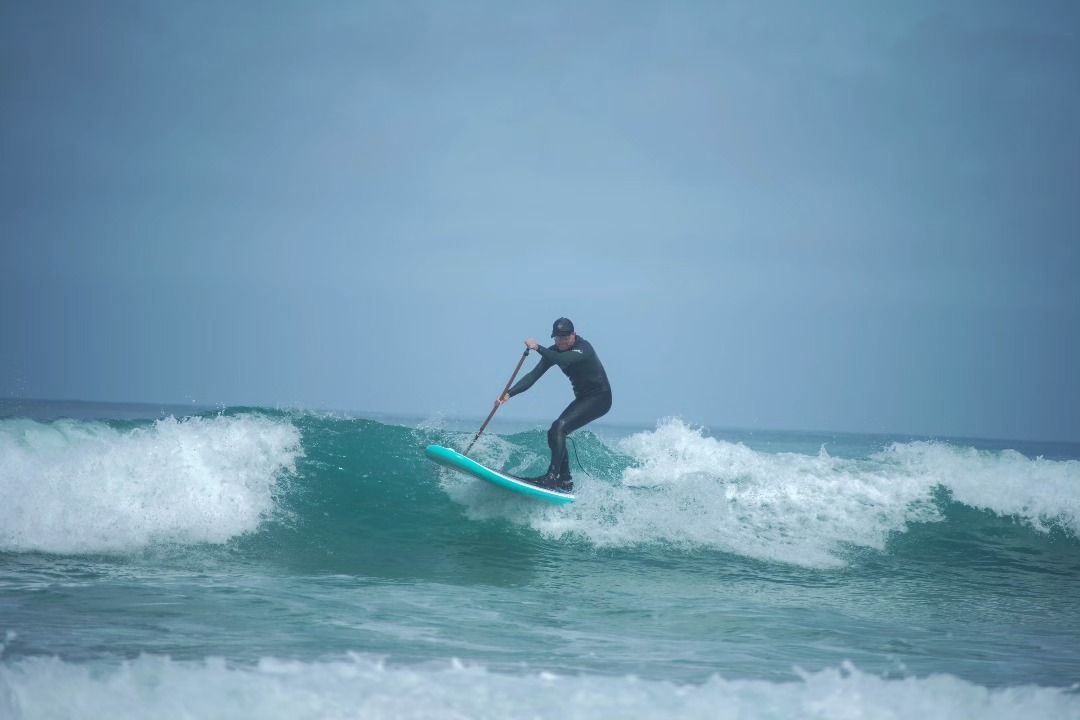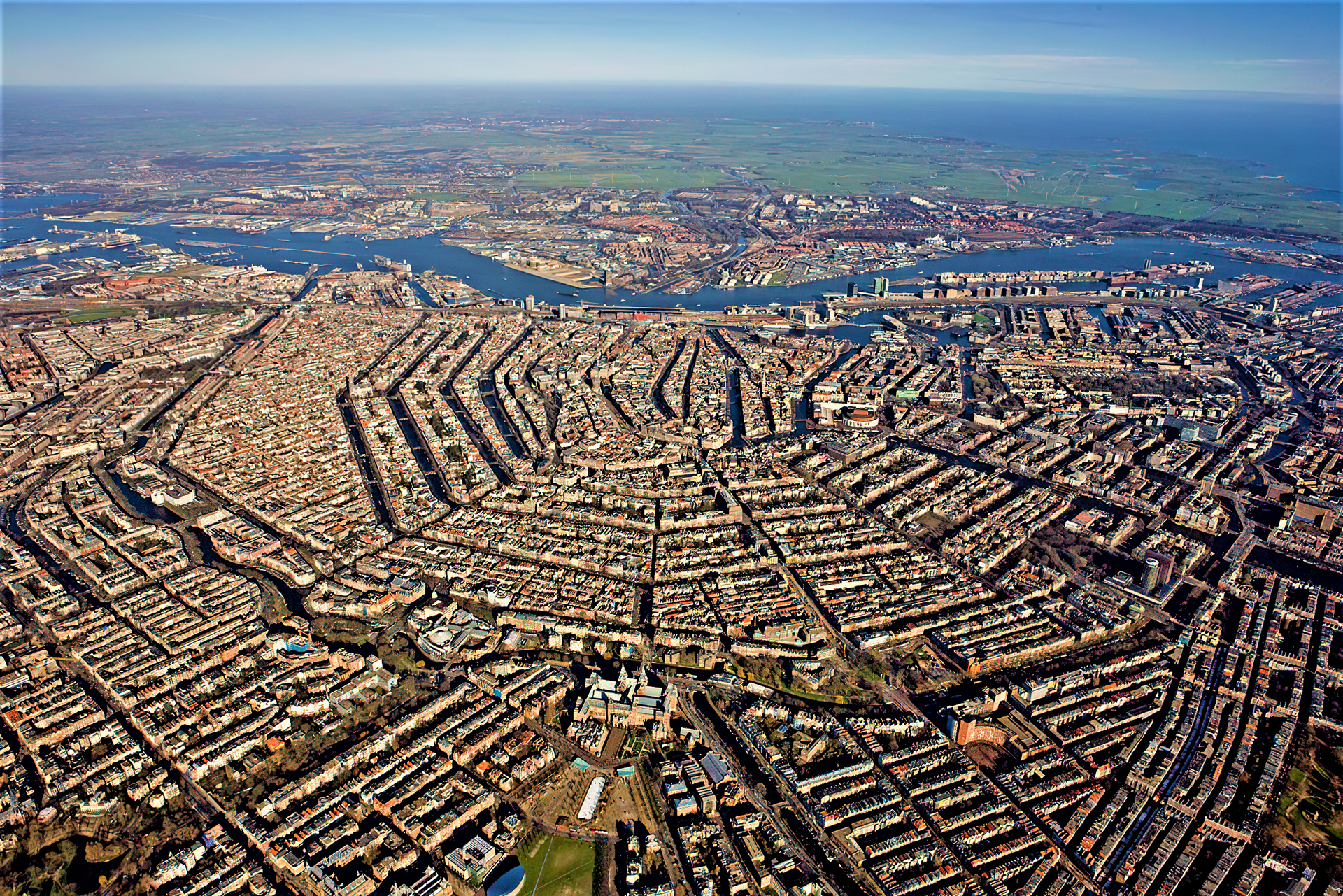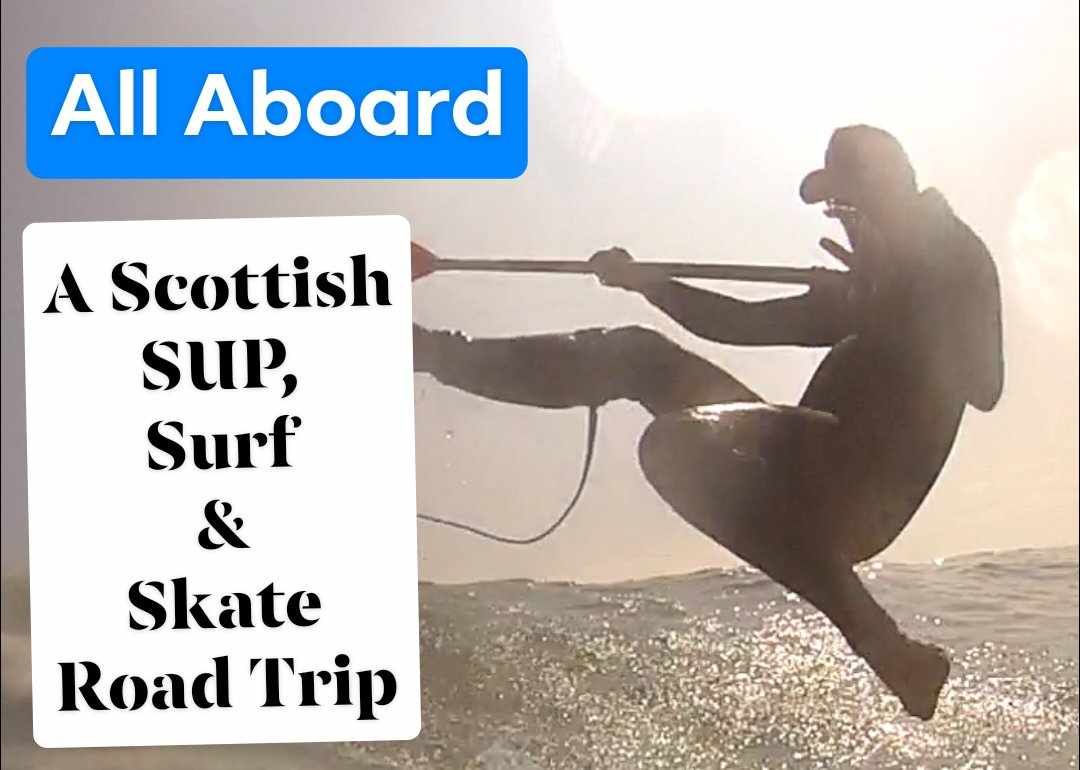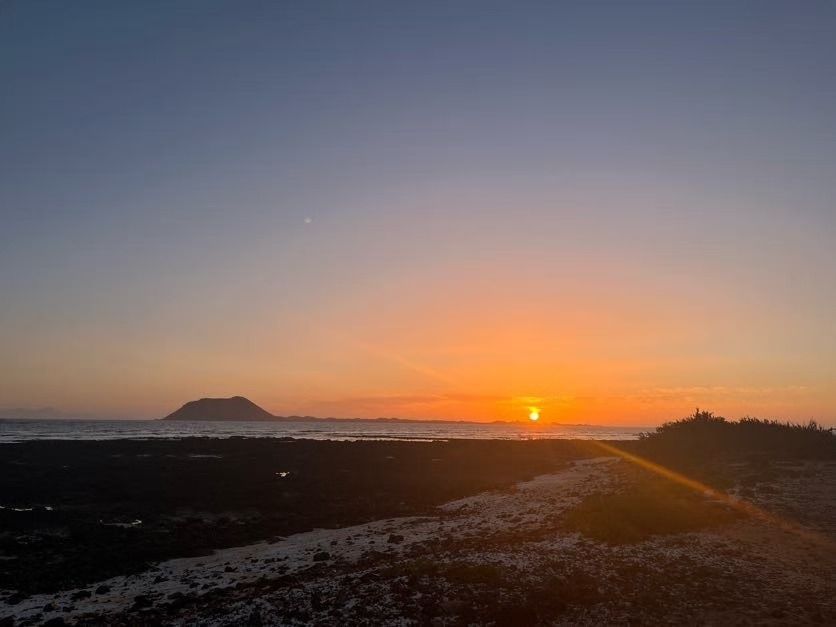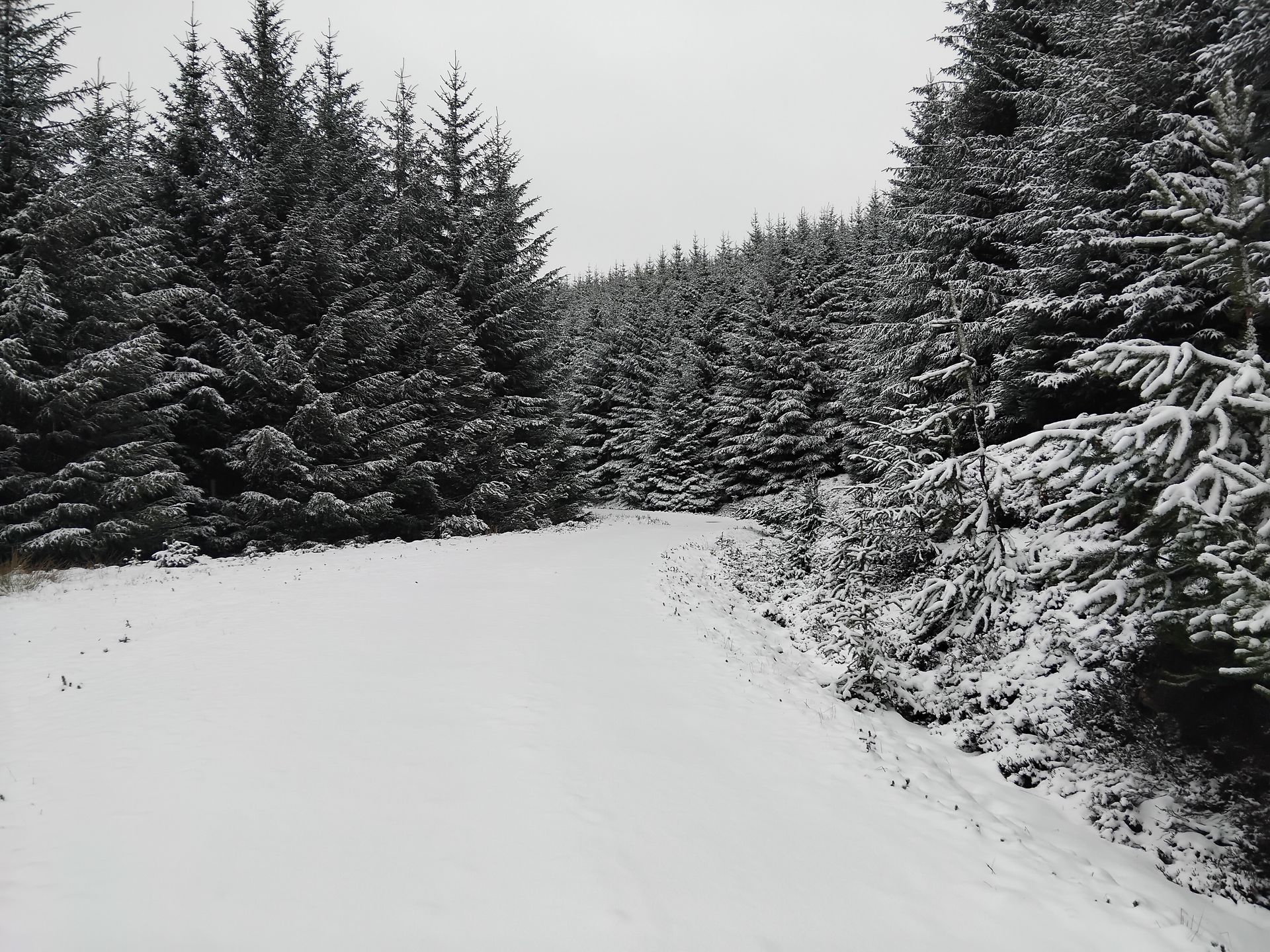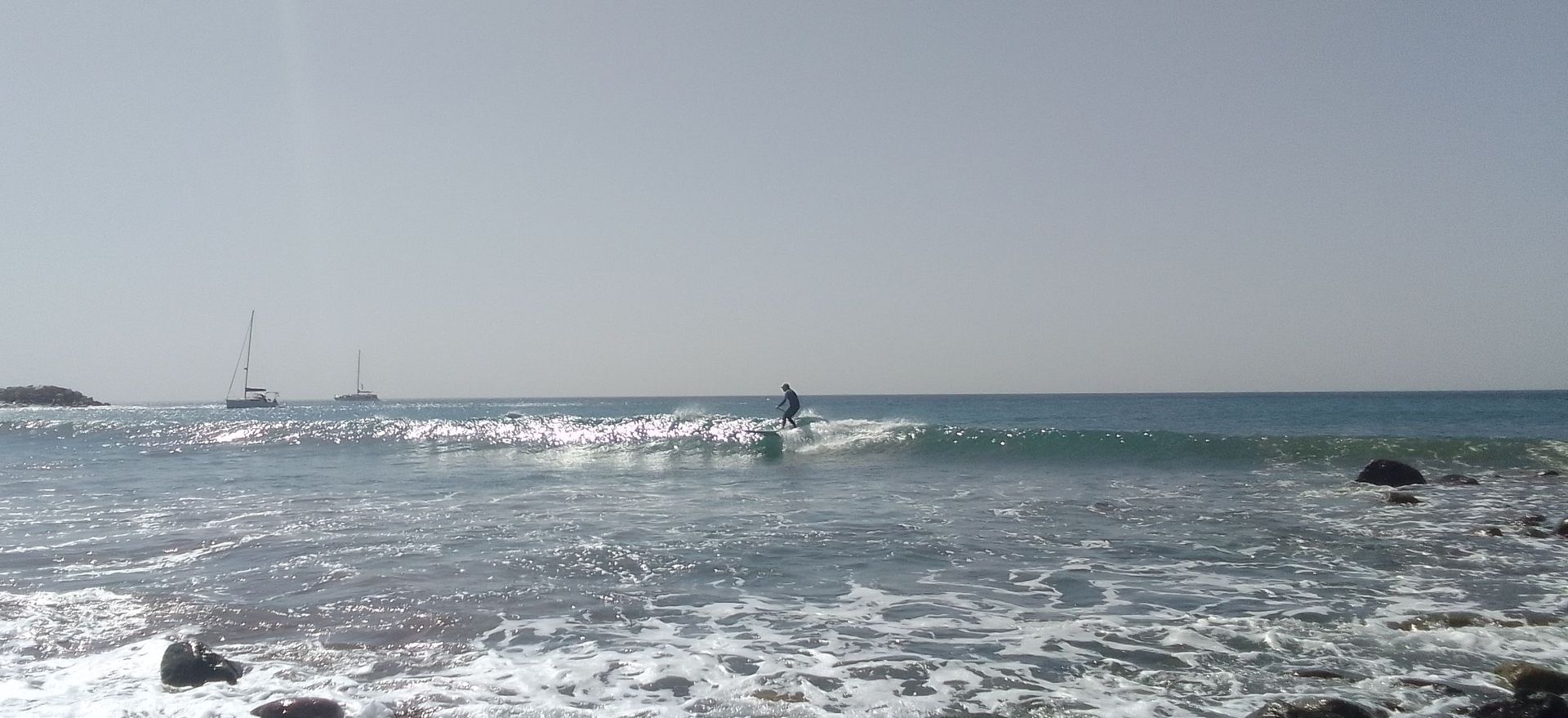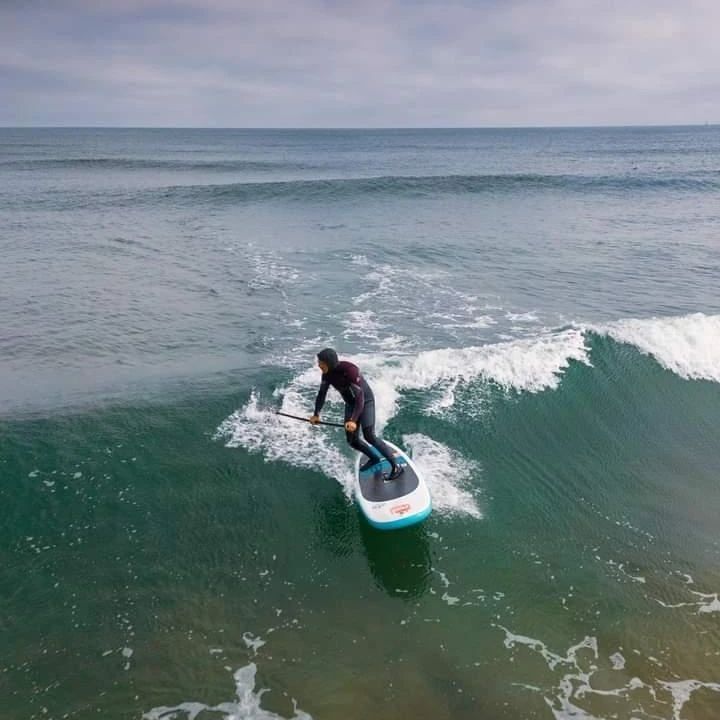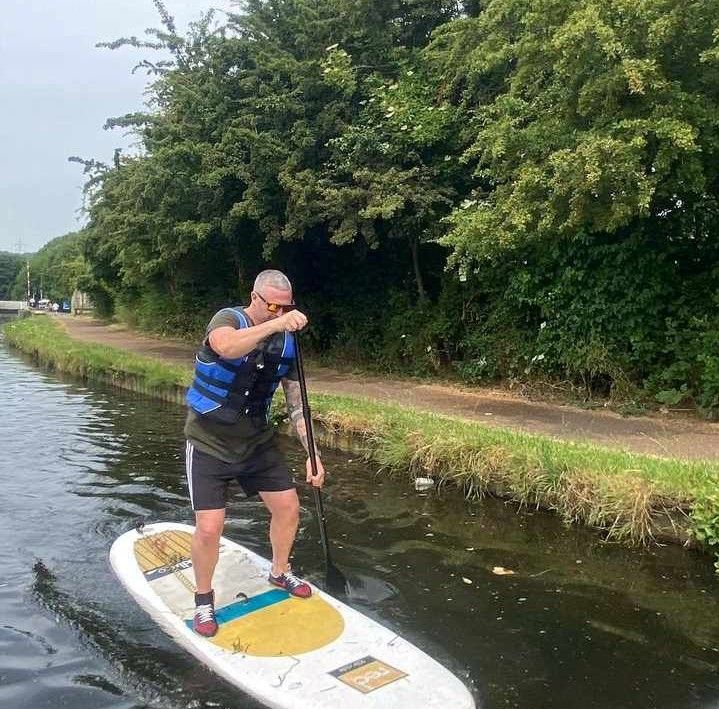Blog Layout
What Paddleboard is right for me?
Matt Gambles • 25 March 2020
Choosing a Paddleboard to buy
One of the great things about this sport of ours is the speed in which you can become independent and start going out on your own. It is an empowering and inspiring aspect, having the confidence to go on the water (be it alone, with friends or an organized group) and use the skills imparted by your instructor. This may initially be hiring a board in enclosed waters, but eventually (and pretty quickly in most cases), thoughts come round to purchasing your own board.
This can quickly become a minefield of jargon, confusion and conflicting advice. As possibly the main piece of advice I have been asked in 7 years of instructing Paddleboarding, I thought that I would break it down a little. The simple answer is, there is no go-to first board for a Stand Up Paddleboarder. The right board for you will come down to several variables - Inflatable or Rigid, Cost, Type of Paddling you want to do and your physical specs (are you tall or small, weight etc).
Inflatable or Rigid - Is storage and transportation an issue? Maybe a good quality Inflatable board could help make this easier for you. They pack down small, can be slung in the boot of a car or on public transportation, can be used by family and friends, can go on overseas holidays and offer lots of convenience. There are inflatables out there with unbelievable performance levels in all disciplines (they are perfect for whitewater, there are numerous inflatable race categories), but, compared to an identical rigid, performance will be less (lack of rail for surfing, flex in the board, sitting higher in the waterline so affected by wind more). Rigids can have a higher performance as they will be faster (no flex), sit lower in the water line (affected by wind less) and have rails to engage (surfing, windsup, wingsurf etc). They can be shaped to the exact specifications of what the board is designed to do, rather than have the limitations of having to be shaped by what an inflatable allows. However, transport and storage could be an issue to many, while you need to be careful not to damage (or 'ding') your board.
Cost - There are some really cheap boards out there and there are some really expensive boards out there. Now, as we all know, what you pay for is what you get is a pretty decent rule, however there are many excellent boards out there of a similar quality at a fair/mid range price. Spend time on forums, demo prospective boards, make sure they have an excellent warranty with. If its an inflatable, make sure its good enough for all conditions you may ever take it into; make sure its PSI is enough to support your weight, if its sturdy enough to keep you afloat, happy and progressing. If it comes as a package, check out the quality of the leash and paddle, getting a good carbon blade for example is a huge, huge bonus and many packages offer this as a cost effective upgrade.
Type of Paddling - Will you be mainly surfing? If so, there are surf shapes available (and many different ones dependent on the type of surfing and conditions you are going out in. Your surfing ability will improve but you may find out that your board performance decreases. Similarly if you are wanting to explore mainly, there are longer thinner touring boards out there. These will be faster and more streamlined, so you can see more on the water, the pay off may be less surf performance and you may need to work on your turning skills more (no bad thing!). For many people we see come through Paddle Surf Scotland, touring and exploring is their end goal. All Round boards are most likely the shapes of the boards you have learnt on, they will do a bit of everything, making them ideal school boards. However just because this is what you started on, don't necessarily stick to this style only, as I say, I believe most folks just wanting to explore/potter about, may possibly suit a Tourer more. If its Whitewater, an All Rounder is probably going to work fantastic for your first steps on moving water. As you progress you may want to invest in a more specialised board, with its more robust design, shaped keel line to help stop getting tangled on eddy lines etc. A River Surfing SUP may be a shorter Surf SUP design.
Physical Specs - Are you a Heavier Paddler? Make sure the board can comfortably support your weight. Are you a Taller Paddler? Make sure the board wide enough to compensate for the fact that the effects of a wobble by you is magnified compared to someone smaller. Are you a Smaller Paddler? Make sure the board is thin enough that you can comfortably get your paddle and hands vertical fully outside of the board in order to have an efficient stroke.
As you can see, there is more to choosing a board than fancy colours!. In future Blog posts, I shall come back to these points and break them down further. In the meantime, feel free to contact us. We can also offer boards from several high end brands including Red Paddle Co, Starboard, Tiki, Fanatic and more.

